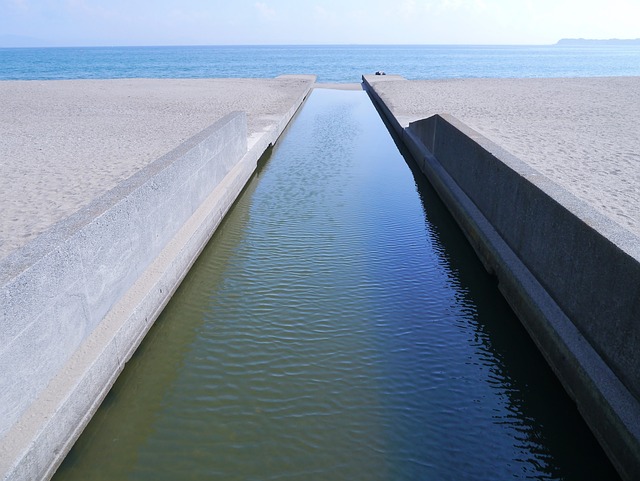Unsurprisingly, clean water is at the heart of a healthy ecosystem and vibrant environment. However, for many decades, if not centuries, actual stewardship was not as crucial as simply addressing a focused need to provide potable water to humans, irrigation for farming, and so on. However, the long-term effects were not traditionally addressed. However, in recent years, the need for responsible care of our natural resources on a watershed basis to balance economic and human needs has become more critical. To that end, municipalities, state, federal, and even international agencies have been promoting ever more measures and public works projects that, at the very least, take into consideration watershed stewardship or, in many more cases, are the prime focus of the work.
Currently, in San Francisco and statewide, public agencies are promoting water management, water reclamation and recycling, and groundwater replacement as standard practice. To that end, numerous grants and initiatives can minimize and eliminate stormwater runoff from the drainage system and drain this water to rain gardens, infiltration ponds, and other alternatives. These measures generate various benefits, such as:
- Resupplying groundwater resources
- Water savings; especially during the current drought
- Filtrating water as it traverses through rain garden sub-base layers
- Cost savings concerning drainage systems by eliminating them and reducing pipe size, number of drainage inlets, etc.
- Increased urban greening areas
- Providing irrigation for landscaping
Across the state, especially due to the drought and increasing water rate fees, watershed management is becoming a part of most public works projects, regardless of the size or location. In San Francisco, for example, rain gardens have been built all over the city, which earlier was considered complicated because of the city’s topography, narrow streets, and limited land. However, municipalities have found opportunities all over San Francisco to create these features. In addition, to mitigate the amount of maintenance they require and involve communities, the San Francisco Public Utilities Commission (PUC) has created the rain guardians program that employs volunteers to irrigate and maintain the newly built rain gardens.
Suppose the past 20 or 30 years indicate what to expect in the future. In that case, I think that watershed management will become a mandatory requirement in all new development projects, regardless of the project size. For example, new construction projects, even for additions at private homes, require new sidewalks or other hardscape improvements but require no landscaping, efficient stormwater drainage into rain or roof gardens, etc. However, it is only a matter of time before these design and construction components will be obligatory for all new construction.
At Sustainable Civil Engineering (SCE), we always endeavor to incorporate rainwater harvesting, reclamation, and other water management measures in all our projects. These sustainable measures improve our ecosystems and communities and can contribute to green certification, such as LEED, should the project owner or sponsor choose to pursue this certification.

